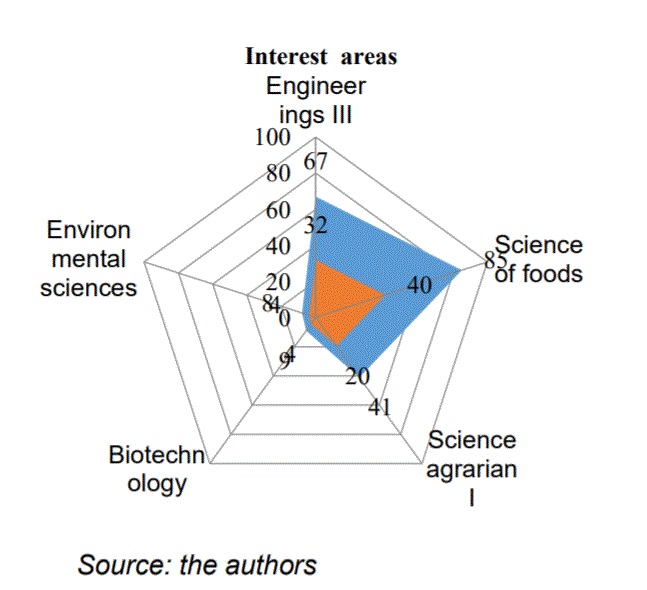Knowledge management and innovation: a bibliometric case study as technology transfer about pectin
DOI:
https://doi.org/10.33017/RevECIPeru2018.0001/Keywords:
Anthropotechnology, Knowledge management and innovation, technology transfer, pectinAbstract
The online information media nowadays are very broad and if the research methodology does not have prior knowledge in any area, the information may be useless. This article demonstrates a way of searching based on a case study in pectins, using Methodiordinatio as technology transfer, by mean of the bibliometric analysis based on keywords "Anthropotechnology, Knowledge management and innovation, technology to transfer, pectin" in data bases, Scopus, ScienceDirect and Web on Science. The transfer of knowledge and easy communication to the reader must have the capacity to develop searches of non neither ambiguous nor complex information, providing to the researches tools with advantages that cannot be imitated or easily competed, stimulate research, arousing major interest, with special reference to pectins in innovation. The revision about the bibliometric with respect to the case study of pectins, in the area of engineering III and some other important areas of investigation. First 32% were selected in area of interest, of the 40% of the other areas only a volume of 3%. The countries with more investigations were India and Spain, followed by Brazil, China, Italy, Belgium, Malaysia, France, Turkey and Iran. The greater amount of publications was in the magazine International Journal of Food Science & Technology. In the other areas the greater number of articles was published in Agrarian Sciences, followed of Biotechnology and Food Science. Bibliographical tools such as Zotero, EndNote, and JabRef were used, helping to organize articles of simple way. Finally, the present situation on sources of pectins extraction, the agro alimentary wastes as raw material, mentioning the recovery, suggestions the valuation, using new technologies, new tendencies, challenges, including the reduction of later losses to improve the food security, as well as to maintain the sustainability practical agricultural and a minimum environmental impact were exposed.


